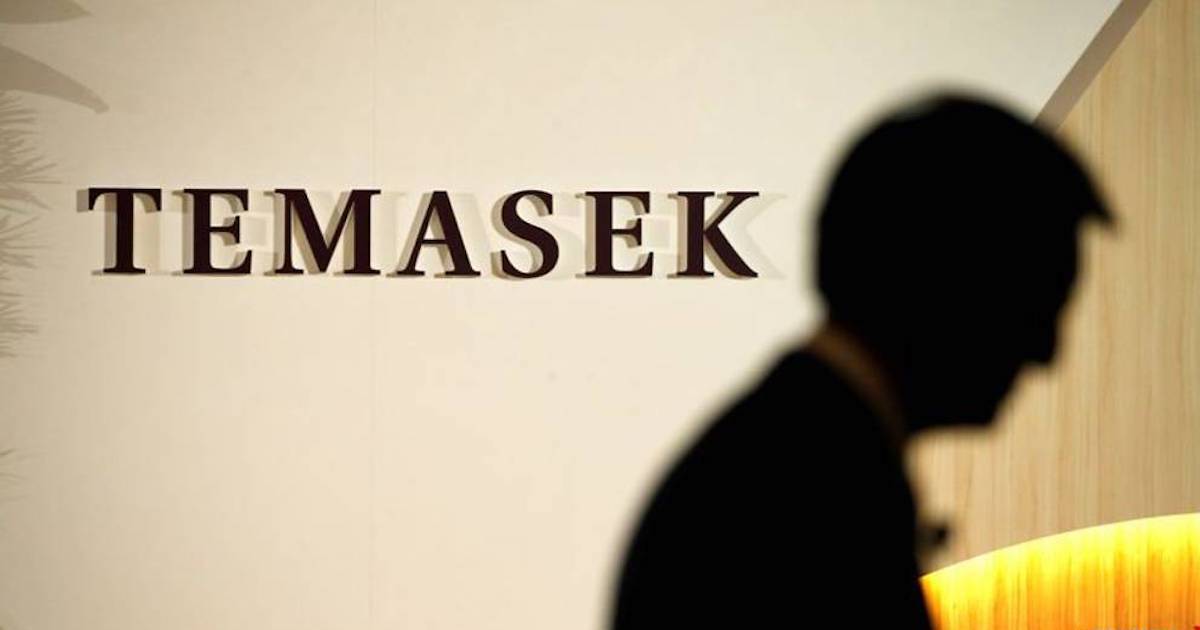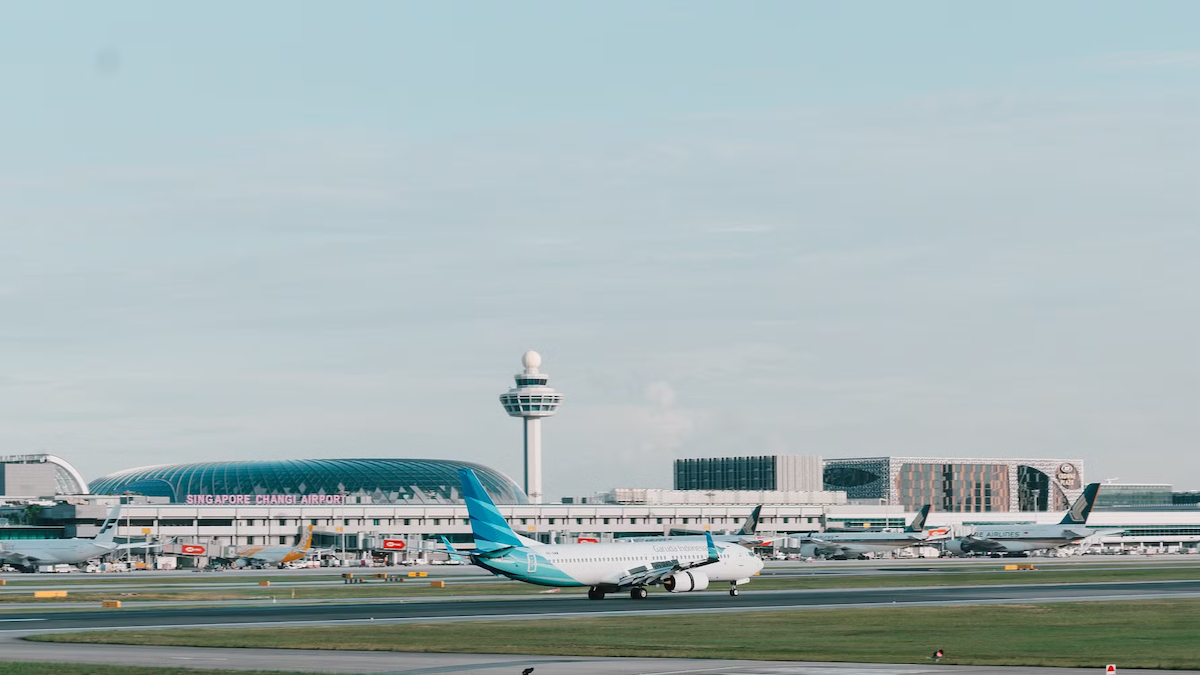My admiration for Singapore mostly stems from how smartly and sustainably the entire country is financed.
In particular, how the government — by laws it has imposed on itself — is not permitted deficit spending and has to accumulate surpluses, which are profitably invested through Monetary Authority of Singapore (MAS), GIC, and Temasek Holdings.
The last one of the three has just reported record returns of 24.5 per cent for the year ending 31 March 2021, buoyed by stock market rallies fuelled in no small part by global stimulus packages released into economies stricken by the COVID-19 crisis.
This has lifted the total portfolio value up from S$306 billion to S$381 billion — and the increase is likely to continue for as long as governments around the world are releasing fiscal and monetary measures to stave off deeper economic woes, with much of the funds pushing stock markets higher and higher.
In other words, after decades of prudent financial planning and state investment, Singapore is making money while others are desperately trying to save themselves from sinking.
Temasek’s shareholder return of S$75 billion alone is higher than the entire amount of S$53.7 billion in local relief spending packages passed in 2020 and 2021, propping up the economy, staving off retrenchments, helping Singaporean businesses weather the storm of the pandemic.
S’pore has gained S$235B in reserves in MAS, Temasek
That’s not all. While COVID-19 shook the world, Singapore’s foreign reserves under management of MAS have grown by another S$160 billion.

At the end of 2019, total official foreign reserves amounted to S$375 billion, growing to S$478 billion by end 2020 and S$535 billion by June 2021.
In total, Singapore has gained S$235 billion in these two entities (MAS and Temasek Holdings) alone.
Even if we subtract the ca. S$54 billion it had to earmark for support packages in 2020 and 2021, it is still S$181 billion up — and this is even without GIC posting its results (due by the end of this month), which are bound to be similarly strong, as they are boosted by the same underlying causes.
While we don’t know the exact amount under GIC’s management, the net impact on reserves is bound to be in at least tens of billions of dollars as well.
As a result, even if we account for all the economic pains incurred by the pandemic and massive spending the government had to use to support the country, the city-state is easily over S$200 billion richer than it was before COVID-19 ravaged the world.
Of course, there’s a caveat. These gains are not necessarily permanent and may still fluctuate depending on the international situation and the demand for Singapore dollar. They can’t also be easily accessed to be spent and foreign reserves have to remain high for MAS to conduct its monetary policy. But they do contribute to nation’s growing Net Investment Returns Contribution, which already adds S$20 billion to the national budget every year.
This also highlights the simple genius of Singapore’s multi-tiered reserve system. It is designed in a way that not only yields healthy and steady returns over long-term, but its diversified investments act as shock-absorbers, balancing the impact of negative external events.
S’pore will not be disadvantaged regardless of economy conditions

Due to a robust combination of equities (for high growth) and government-issued securities like bonds (for security and stability), coupled with a strong currency, a global net creditor status (i.e. Singapore is a creditor to other countries and doesn’t have external, public debts to worry about), there’s hardly a situation in which the city-state would be bad off.
If the global economy is good, it’s obviously good for Singapore too.
If the global economy is bad but countries are using fiscal and monetary measures to stimulate their economies (like it is happening today), Singapore still benefits thanks to its foreign investments, even if domestic GDP is taking a temporary hit.
The cherry on top of it all is the fact that Singapore has no external public debt to speak of (since it can’t borrow to finance budgetary deficits), and it has now added another tool to make the most of its financial might.
Under the recently-passed SINGA, the government can borrow up to S$90 billion to finance long-term infrastructure investments, which is actually cheaper than if it wanted to unwind a portion of its reserves to do so. It would lose more in lost returns on investments than it has to pay to lenders.
In other words, even when it’s borrowing, Singapore is actually making more money than if it didn’t.
Unlike other countries, which are now taking on humongous levels of debt, pushing the burden on its repayment to future, ageing generations, Singapore is actually using debt to optimise the returns from its various investments and be even more resilient in the face of global crises.
In this particular Covid-19 pandemic, it has not made the country weaker, but wealthier than ever before.
Featured Image Credit: Edgar Su via Reuters








